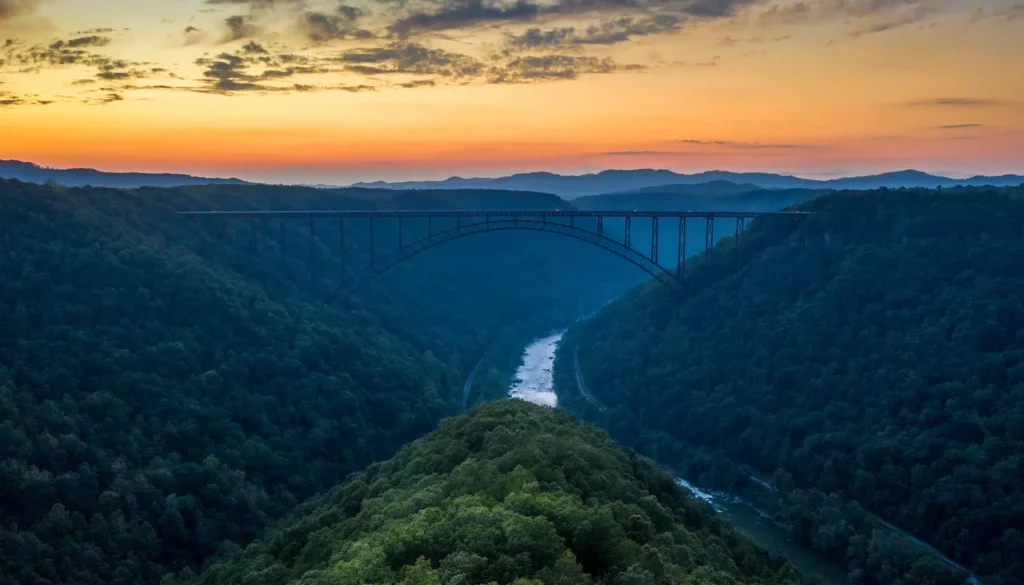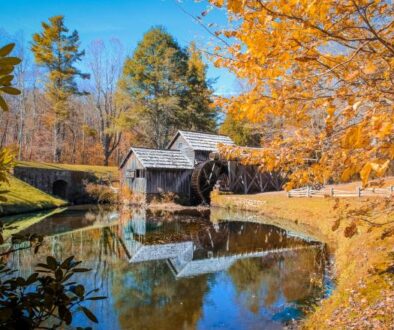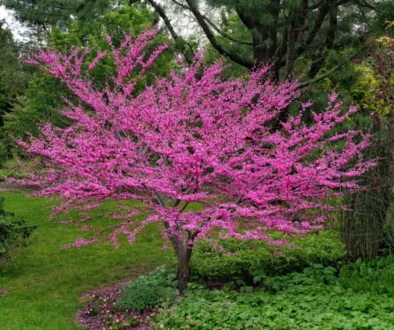History of the New River
In the eastern part of the United States, a river called the New River flows through the Appalachian Mountains. With a history spanning more than 300 million years, it is one of the world's oldest rivers.
Beginning in North Carolina's Blue Ridge Mountains, the New River travels through West Virginia and Virginia before draining into the Kanawha River in West Virginia. The New River travels through forests, mountains, and valleys as it makes its way along its journey.
In the history of the United States, the New River has been crucial. Native Americans, European settlers, and later railroads and highways all used it as an essential route for transit over the years. Due to its use as a source of drinking water, hydroelectric power, and irrigation, the river has also contributed to the economic growth of the area.
One of the most interesting aspects of the New River's history is its age. It is thought to be one of the oldest rivers in the world, with a history that dates back over 300 million years. Scientists believe that the New River was formed when the supercontinent Pangaea broke apart and the Appalachian Mountains were formed.
The New River has a rich cultural history as well. Native American tribes, including the Cherokee, Shawnee, and Iroquois, lived along the banks of the river and used it as a transportation route. European settlers also used the river as a transportation route and established a number of towns and cities along its banks, including Radford, Virginia and Fayetteville, West Virginia.
The New River served as a vital highway and train route in the late 19th and early 20th centuries. For a large portion of its journey, the Virginia and Tennessee Railroad, which ran from the 1850s until the 1970s, paralleled the New River. Southwest Virginia developed significantly thanks to the railroad, which also helped the area reach markets in the east.
The New River received the designation of National Wild and Scenic River in the latter half of the 20th century. This designation intended to safeguard the river's distinctive ecological and cultural resources for present and future generations. The New River offers rafting, fishing, and hiking options, making it a favorite vacation spot for those who enjoy the great outdoors.
Throughout its history, the New River has encountered a variety of environmental difficulties. Pollution has been one of the most significant of these. Many different things have contaminated the river, including sewage, industrial waste, and agricultural runoff. The companies that depend on the river have frequently resisted attempts to clean up the river and enhance the quality of the water.
The New River is nevertheless a valuable natural and cultural treasure despite these obstacles. Its history is extensive and varied, and it continues to be crucial to the area's economy and leisure pursuits. Millions of people enjoy the New River annually and it plays a significant role in the history and identity of the area.
- One interesting fact about the New River is that it flows northward, against the general flow of rivers in the region. Most rivers in the eastern United States flow southward, but the New River flows in the opposite direction. This unusual flow pattern is thought to be the result of the river's age and the fact that it was formed by the erosion of the Appalachian Mountains. The river's northward flow is also why it is named the "New" River, as it was mistakenly thought to be a new river by early European settlers.



